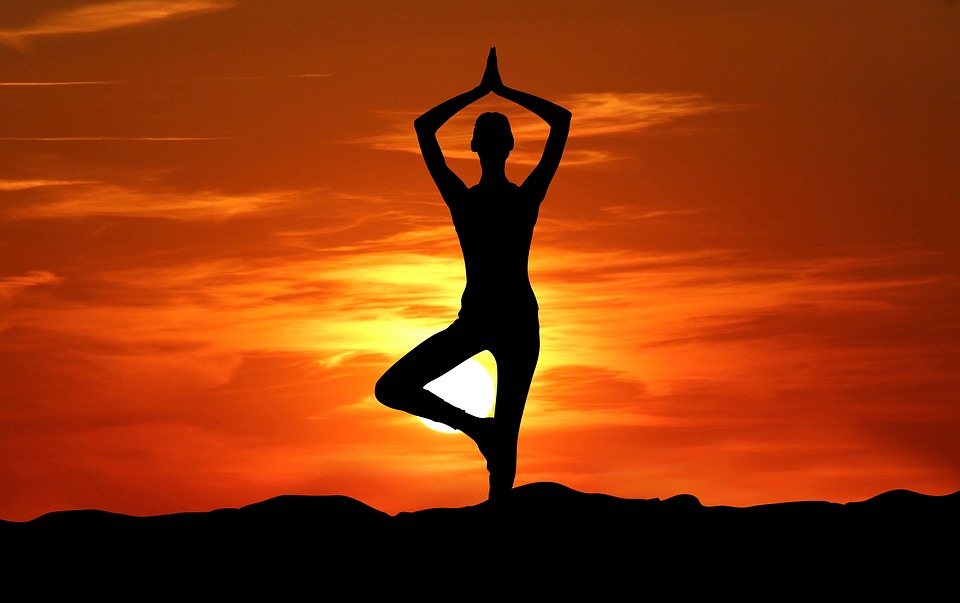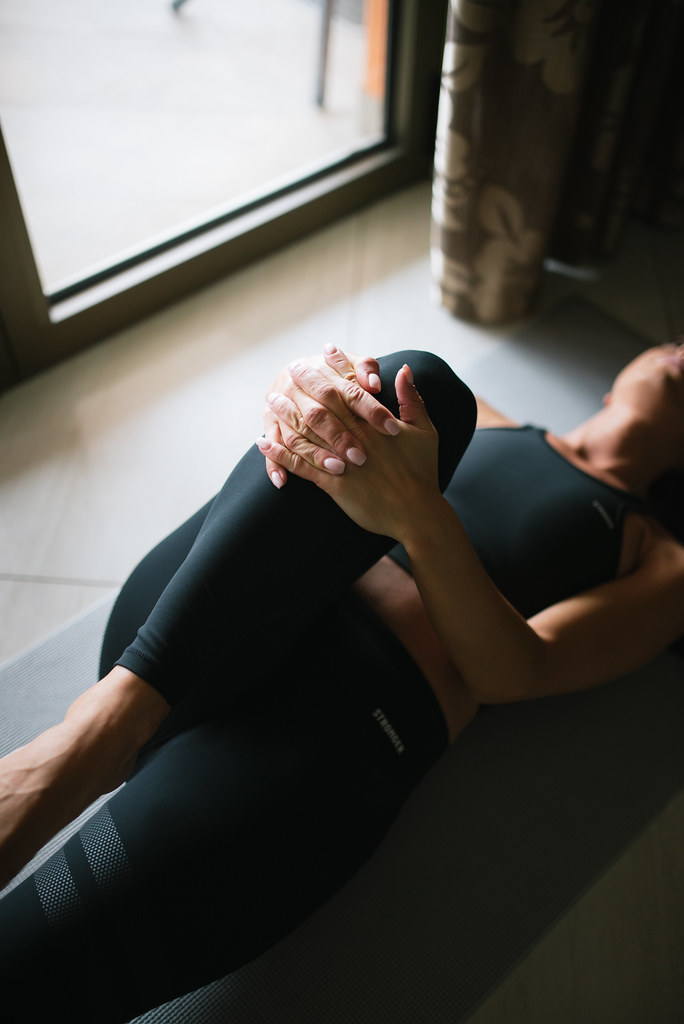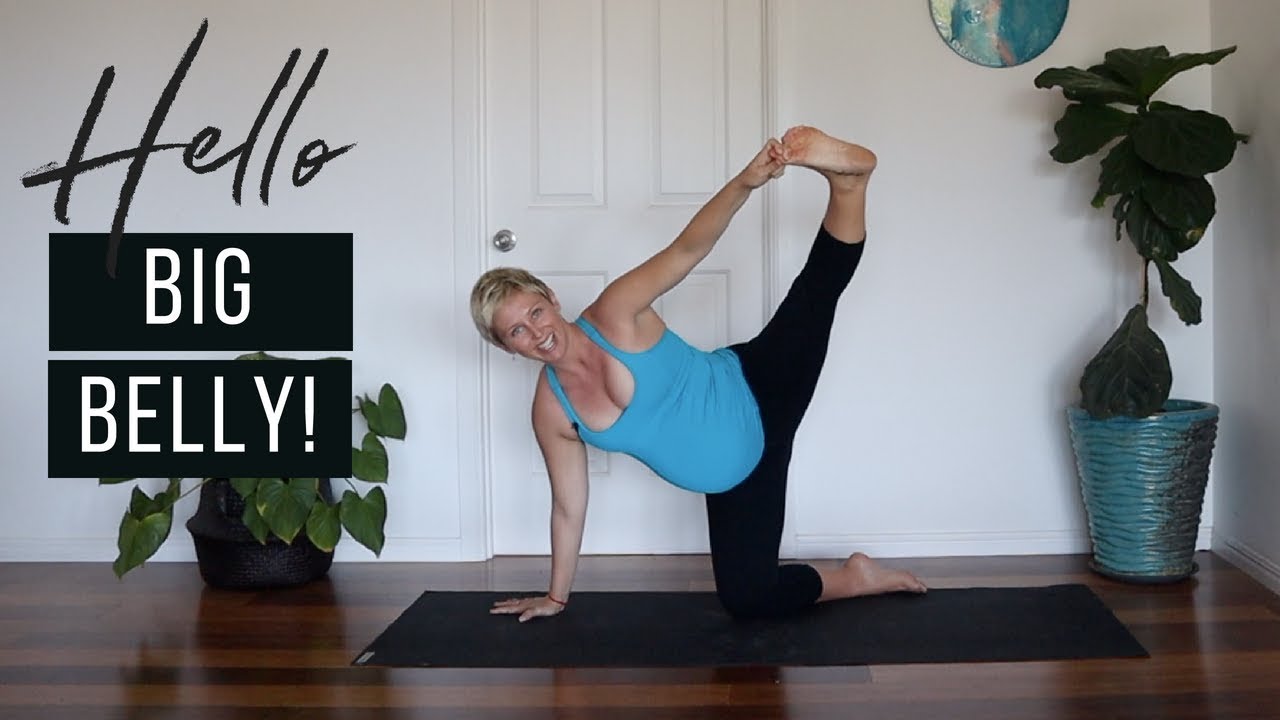
It's possible that yoga can help with stroke recovery if you've suffered one recently. If so, you should discuss yoga for stroke patients with your doctor and therapist. You may find that certain poses make your stroke symptoms worse. Talk to your doctor before you start practicing. Here are some guidelines for doing yoga for stroke patients. You'll want to avoid Ashtanga. Learn more about this well-known practice.
Studies on yoga for stroke victims
While previous yoga-for-stroke patients studies have shown some improvements in balance selfefficacy, the study did not account for other factors such patient age and gender. This could be because the yoga intervention did not have enough power to detect a significant difference in yoga group strength or because some patients were exclusions for reasons unrelated the yoga intervention. A recent study of older adults showed no difference in yoga and control group results, even though many had suffered strokes.

In a recent study researchers evaluated the effect of a 10-week yoga intervention in improving the quality of the life of stroke survivors. The ICF score and participation as well the stroke survivor’s quality life (SSQOL), scale were both used in this study. Both groups reported that yoga practice had a significant impact on their quality of life. Additionally, participants reported having less depression following strokes, a decreased fear of falling and improved balance.
Yoga can improve quality of your life by increasing effectiveness
In this study, the authors examined the effects yoga had on the quality of life of individuals with stroke history. Randomly, participants were assigned to either a yoga practitioner or a waitinglist. The participants were aged between 51-82 months and were mostly male (n=34). Researchers also used the Activities-specific Balance Confidence Scale to assess independence and balance in stroke patients. They also used a yes/no question to measure fear of falling.
Researchers have long been fascinated by the benefits yoga has for stroke patients, in particular for older patients. They have found that regular yoga classes can improve balance and independence. The study also found that patients were less prone to falls and experienced less anxiety after participating in yoga sessions. A Cochrane Collaboration Review of Yoga for Stroke Patients found three statistically significant outcomes. This study suggests that the benefits of yoga for stroke patients are different than those associated with simple exercise.
Ashtanga is not recommended for stroke patients
Asana is an exercise form that focuses on dynamic and recurring movements and poses. However, because Ashtanga is very dynamic and physically demanding, it is not recommended for stroke patients. In addition, people who are already dealing with a chronic illness may feel overwhelmed by the rigors of the exercise, so it is essential to seek medical advice before beginning. To avoid this, patients should practice under the supervision of a qualified instructor. Yoga exercises can also improve mental health.

Although no research has been done on the effects of yoga for stroke patients, some researchers believe that regular exposure to yoga can stimulate the brain's damaged areas and aid in healing. These repeated exercises also stimulate the brain's ability to regenerate dead cell tissue and find alternate pathways. This is neuroplasticity. This is one of the reasons why yoga has been shown beneficial for stroke patients.
FAQ
What does milk do for men?
Consider what other uses you might have for your milk next time that you buy it. You may also benefit from consuming less coffee.
Both children and adults have been shown to benefit from milk. Children get nutrients like vitamin D, calcium and potassium from milk.
It is also good for digestion and bone strength. The immune system is stronger and there are fewer illnesses in adults who consume dairy products.
The lactose in milk is also high, so people with digestive problems can enjoy the benefits of milk without experiencing stomach discomfort.
Drink more milk than soda and juice. Drinking milk with more calcium and vitamin A can help to strengthen your teeth.
Plain low-fat milk can be used to make yogurt if you don’t like the taste. Yogurt has lower calories and is richer in protein than milk.
Probiotics are also found in yogurt, which help with digestion and boost immunity.
A glass of warm milk is a great way to get a good night's sleep if you're having trouble getting to sleep. Warm milk helps relax muscles and boosts serotonin levels.
How many calories should I eat daily?
It varies from one person to another. On average, between 2000 and 2500 calories a day. The factors that determine how many calories are needed for you include your gender, age, height, activity level, lifestyle, and gender.
Can I consume alcohol while working out?
Yes. Alcohol can increase energy expenditure and speed up recovery, as well as reduce soreness.
The insulin sensitivity of alcohol is also increased, which makes it easier for glucose to be absorbed.
However, alcohol can lead to dehydration that can slow down your metabolism. It can also decrease testosterone production, which can affect muscle-building ability.
For these reasons, women shouldn't drink alcoholic beverages before working out. Women who drink heavily should wait at least 24 hours between drinking and working out.
Nursing mothers should abstain from alcohol as much as they can.
Men should only consume one drink per day.
Statistics
- By John Thompson Take a whopping 38% off a set of PowerBlock Pros. (menshealth.com)
- According to the American Academy of Dermatology (AAD), men over 50 are at a heightened risk of developing it. (healthline.com)
- An estimated calorie range for moderately active adult males falls between 2,200 to 2,800 calories per day, depending on age. (eatright.org)
- According to the American Heart Association, blood pressure should be checked at least once every two years, beginning at age 20. (my.clevelandclinic.org)
- 10 pounds in a month is likely during a lean bulking phase, especially for beginners. (muscleandstrength.com)
External Links
How To
How does a man become fit in just 30 days?
Breaking down fitness goals into manageable steps will help you reach your fitness goals.
Each day you need to be working towards your goal. This could include anything from 10 pushups that last 5 minutes to running 3km.
Consistently doing this will lead to positive results.
The key thing here is consistency. You must persevere until your success is achieved.
What is the main difference between Aerobic Fitness or Anaerobic Fitness
Anaerobic fitness refers the body's ability to do intense physical work while lacking oxygen. Anaerobic pathways provide sufficient energy for high-intensity exercise. Anaerobic pathways include glycolysis, creatine phosphate, the phosphagen, lactic acid, etc.
In contrast, aerobic fitness refers to sustaining continuous low-intensity exercise. When performing aerobic exercises oxygen is used to fuel the cells. In other words, the aerobic pathway provides more energy than the anaerobic pathway.
To run a marathon you need to first increase your aerobic capacity. If you only focus on building up your anaerobic capacity, you won't be able to finish the race.
Aerobic fitness may also be known as cardiovascular fitness. Step tests and VO2 max testing are the most popular methods to measure cardiovascular fitness.
Test VO2 Max
VO2 max refers to the maximum amount of oxygen (O2) used by the body during exercise. This test measures the amount of O2 the body can utilize while exercising.
This is the best test to assess cardiovascular fitness. The test is difficult to administer because it requires expensive equipment.
Step Tests
Step tests are simple yet effective methods of measuring cardiovascular fitness. You will be asked to walk, jog or run for a specific time on a track. This is based on your age or weight.
These tests are easy, inexpensive, and accessible almost anywhere. For instance, you can walk on a treadmill for 2 minutes, rest for 1 minute, repeat this process for 20 minutes, and then stop. Throughout the session, your heart rate should be within a certain range.
This method is known as the "Bruce Protocol". Bruce, himself a runner developed this protocol when he realized his heart rate didn't rise when he ran long distances.